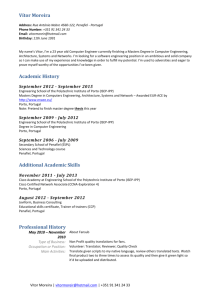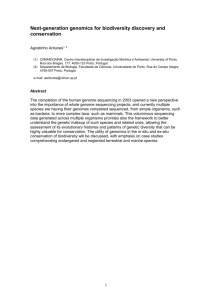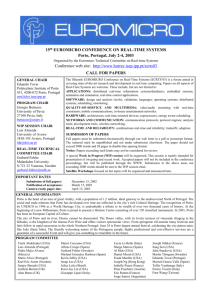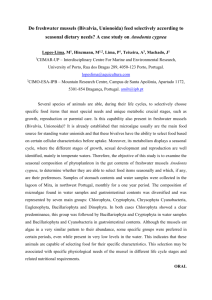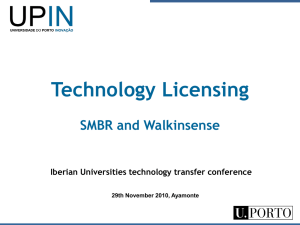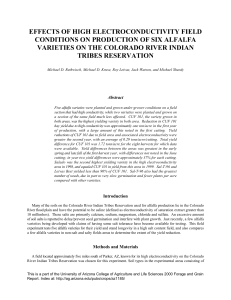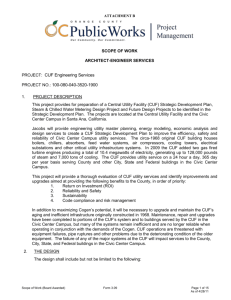Saturday 13-09-28
advertisement
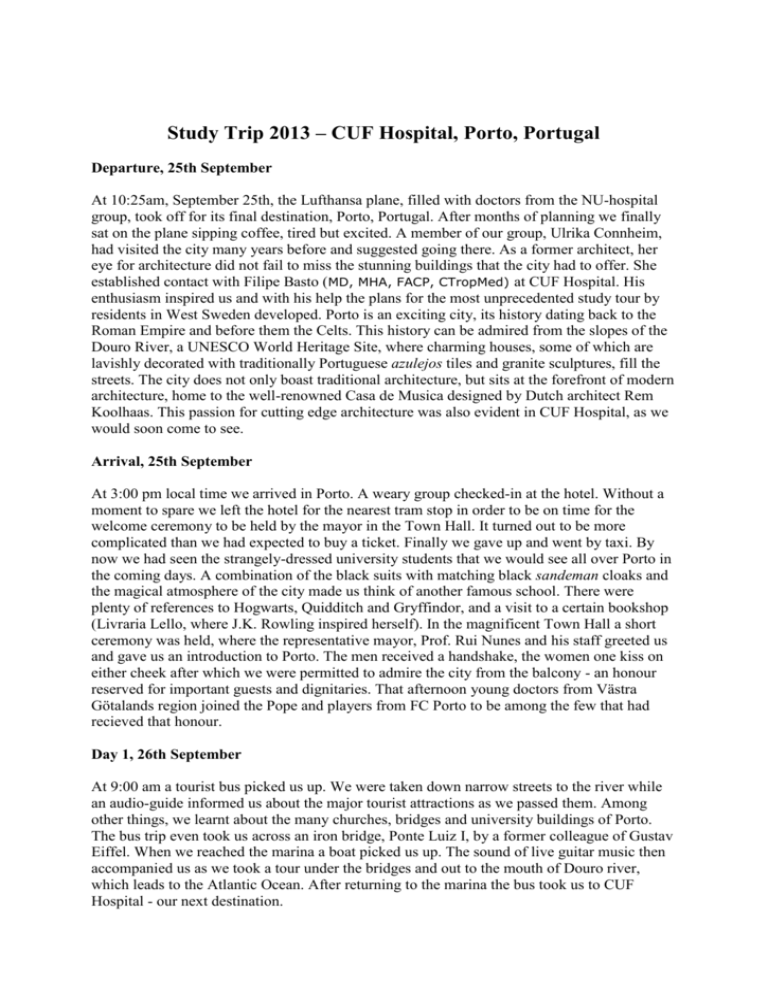
Study Trip 2013 – CUF Hospital, Porto, Portugal Departure, 25th September At 10:25am, September 25th, the Lufthansa plane, filled with doctors from the NU-hospital group, took off for its final destination, Porto, Portugal. After months of planning we finally sat on the plane sipping coffee, tired but excited. A member of our group, Ulrika Connheim, had visited the city many years before and suggested going there. As a former architect, her eye for architecture did not fail to miss the stunning buildings that the city had to offer. She established contact with Filipe Basto (MD, MHA, FACP, CTropMed) at CUF Hospital. His enthusiasm inspired us and with his help the plans for the most unprecedented study tour by residents in West Sweden developed. Porto is an exciting city, its history dating back to the Roman Empire and before them the Celts. This history can be admired from the slopes of the Douro River, a UNESCO World Heritage Site, where charming houses, some of which are lavishly decorated with traditionally Portuguese azulejos tiles and granite sculptures, fill the streets. The city does not only boast traditional architecture, but sits at the forefront of modern architecture, home to the well-renowned Casa de Musica designed by Dutch architect Rem Koolhaas. This passion for cutting edge architecture was also evident in CUF Hospital, as we would soon come to see. Arrival, 25th September At 3:00 pm local time we arrived in Porto. A weary group checked-in at the hotel. Without a moment to spare we left the hotel for the nearest tram stop in order to be on time for the welcome ceremony to be held by the mayor in the Town Hall. It turned out to be more complicated than we had expected to buy a ticket. Finally we gave up and went by taxi. By now we had seen the strangely-dressed university students that we would see all over Porto in the coming days. A combination of the black suits with matching black sandeman cloaks and the magical atmosphere of the city made us think of another famous school. There were plenty of references to Hogwarts, Quidditch and Gryffindor, and a visit to a certain bookshop (Livraria Lello, where J.K. Rowling inspired herself). In the magnificent Town Hall a short ceremony was held, where the representative mayor, Prof. Rui Nunes and his staff greeted us and gave us an introduction to Porto. The men received a handshake, the women one kiss on either cheek after which we were permitted to admire the city from the balcony - an honour reserved for important guests and dignitaries. That afternoon young doctors from Västra Götalands region joined the Pope and players from FC Porto to be among the few that had recieved that honour. Day 1, 26th September At 9:00 am a tourist bus picked us up. We were taken down narrow streets to the river while an audio-guide informed us about the major tourist attractions as we passed them. Among other things, we learnt about the many churches, bridges and university buildings of Porto. The bus trip even took us across an iron bridge, Ponte Luiz I, by a former colleague of Gustav Eiffel. When we reached the marina a boat picked us up. The sound of live guitar music then accompanied us as we took a tour under the bridges and out to the mouth of Douro river, which leads to the Atlantic Ocean. After returning to the marina the bus took us to CUF Hospital - our next destination. CUF Hospital and healthcare in Portugal Situated at the top of a hill, CUF hospital can be seen from afar. An illuminated entrance leads to the heart of the building, an atrium constructed with glass and light-coloured wood. The windows on the wards face onto this light well and at the bottom, one escalator below the entrance was the reception. At the very top of the building, in a room that boasts a view of the port of Porto and the distant horizon of the Atlantic Ocean, we were invited to lunch and finally got to meet our extremely kind and generous host, Dr. Filipe Basto. After lunch we went to the lecture hall where we spent the rest of the afternoon and part of the evening listening to lectures. We learned that the healthcare system in Portugal is ranked the 12th best in the world (it would be interesting to know how Sweden compares). The healthcare system in Portugal is a combination of publically and privately funded care facilities of which CUF Hospital belongs to the latter. Despite this separation, it is not uncommon for doctors who work in public hospitals in the morning to and attend patients in private hospitals after lunch. Part of the success of CUF Hospital can be attributed to the very motivated staff who work there. We also heard about the teaching in medical schools. A professor of pathology stressed the humanistic aspects of being a doctor and how to impress this on students. In Portugal, medical students study for six years, of which the last is a practical year. The first year as a resident is in some ways what we are doing right now. We were introduced to a new hernia repair technique, with many benefits, by one of the two surgeons who had developed it. A Gyro Gearloose-like engineer showed us some devices that they were developing in cooperation with the University Hospital, including an otoscope that could detect differences in the tympanic membrane, a smart laryngoscope and a fall-detector for the elderly! The architects who designed the hospital explained how functional and aesthetical considerations had affected the design of the building. Several members of our group also spoke, among other things on interactive education, healthcare in Sweden and the user-friendly Swedish fracture register. After an intense day we split in smaller groups, most of us ending up in one of the many picturesque restaurants by the old harbour. Day 2, 27th September Friday morning we visited the wards and emergency department. Some facilities seemed small and the corridors narrow, but the overall impression was very good. We then went to Instituto CUF, a day-care hospital, which was just as impressive as CUF Hospital proper. After a snack, the design architect revealed his thoughts on the building. In two groups we were then given a tour, visiting the ophthalmology, dermatology and radiology departments. We were shown one of their radiotherapy beams. One of our group leaders accidentally shut down the system by leaning on the emergency shutdown button. That was the only mishap, and probably a change of Friday evening plans for the hospital physicist. After yet another lovely lunch (somewhat later than Swedes are used to) we went back to the hotel. That was not the end of the day however - dinner awaited us on the banks of the Duoro. We crossed the Luiz I bridge to reach Vila Nova de Gaia. Dating back as far as the 1400s, Vila Nova de Gaia has been the pride of the city, home to the port wine industry. The name of this part of the town used to be Cale. The combination of these two gave, Porto-Cale. Yes, Portugal! For hundreds of years, the grapes have been harvested and treaded in the Duoro valley and then shipped down by river to the Vila Nova de Gaia where the wine is stored in the Port wine producer’s stores. We visited Taylor’s winery, a producer of Port wine. After a guided-tour where we admired the gigantic oak barrels we went to the restaurant. With a stunning view over the city from the other side of the river, we shared a delicious dinner with Filipe Basto. Gifts were exchanged and Dr. Basto received an open invitation to visit us in Sweden. After dinner we went on to discover the nightlife of Porto. Day 3, 28th September On Saturday many of us left rainy Porto behind for an optional visit to the Duoro valley. As our guide we had Cristina, Filipe’s charming wife. During the bus ride she gave us some insight into the emerging infrastructure in Portugal, local road safety and university cloaks among other things. The views from the bus were impressive - deep green valleys, with small buildings and villages scattered throughout. The winding roads framed the river. At the fine English inspired hotel, the Vintage Hotel, we had a coffee break in the sun and met Paula, a former lawyer who switched from the courtrooms to the vineyards more than a decade ago. On the hills of her first vineyard in “Quinta da Cascalheira” we helped to harvest the grapes. After filling one barrel (and, why not admit it, some stomachs as well) with the sweet, tiny, dark grapes we headed off to her second “Quinta das Chaquedas”. We arrived in time for lunch where Herminia and her friend had prepared undoubtedly the best food we had in Portugal. Typical, homemade, Portuguese food in abundance. Later we were shown the process of producing table wine and the rest of Paula’s estate. She didn’t produce port wine herself but sold her supreme grapes to local producers. On the way back we stopped at a well known wine cellar “Quinta do Vallado” The building was a work of architect Francisco Vieira de Campos, who inspired himself in the the famous Portuguese architect Siza’s style. Here we purchased locally produced port wine and olive oil. After returning to the hotel, a small group wanted to make the most of the last night in Portugal and went to listen to a Fado-singer delighting a crowded restaurant at the city centre. The price was a very short night’s sleep before getting up at 3:30 am Sunday morning to return to Sweden, but it was well worth it. Others enjoyed the Portuguese Haute Cuisine or simply a Big Mac meal. Day 4, 29th September At 3:30 am the alarm clocks woke us up. Drowsy Swedish doctors closed their suitcases and sat down in the dark on the bus to go the airport. Two forgotten passports delayed the departure slightly. The rest of the trip went smoothly. Thankfully Gothenburg greeted us with lovely weather, which made the return easier. An instructive journey had come to an end. We had been taught about the healthcare system in Portugal, though mostly about the privately funded care facilities. We are very impressed and extremely grateful for all the kindness and helpfulness that the hospital staff and especially Dr. Filipe Basto showed us. In addition, we have experienced the Portuguese culture - their food, drinks, music and hospitality, and last but not least their architecture! We will all remember the trip with kind memories and few of us have seen Porto for the last time.

